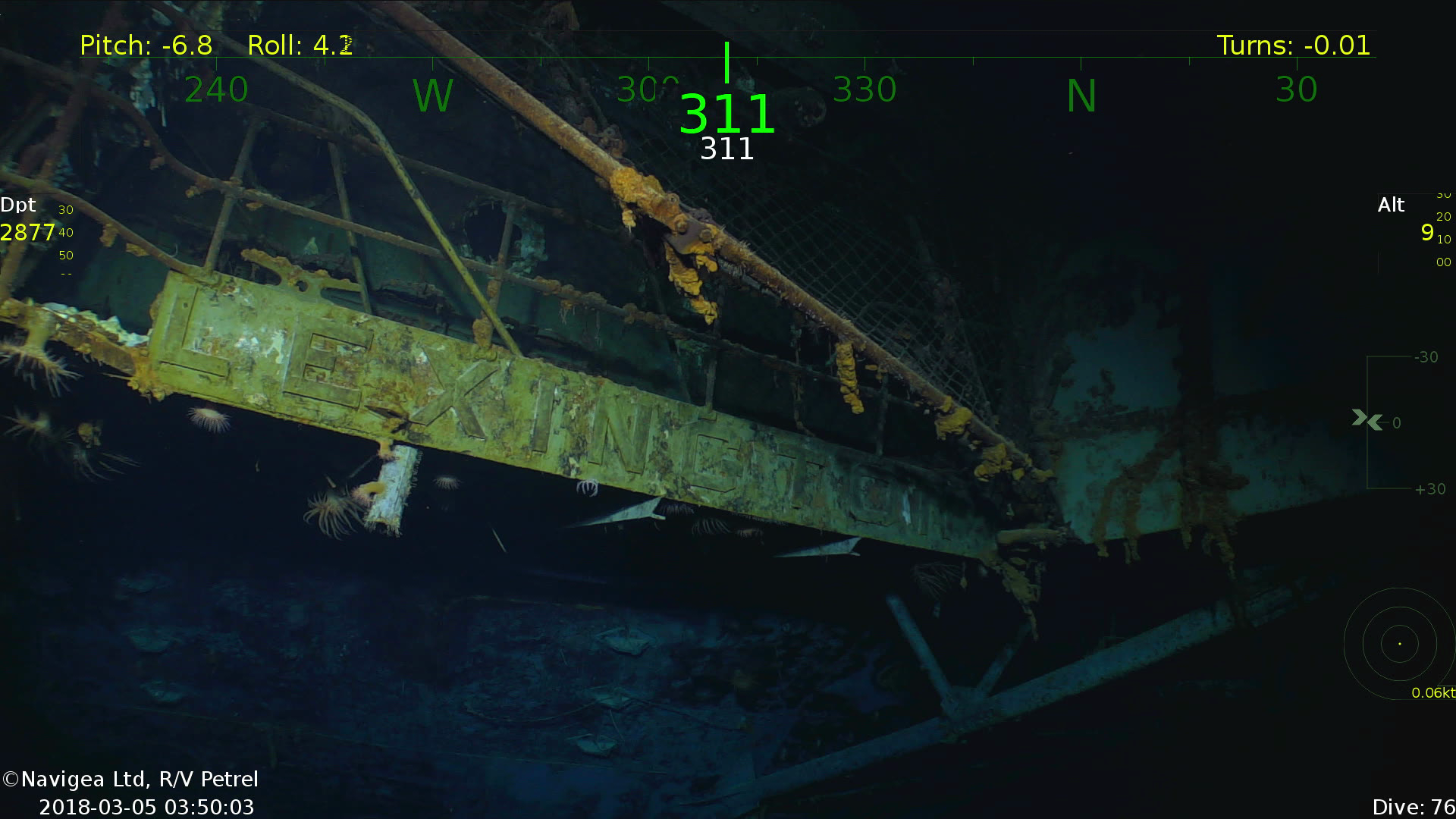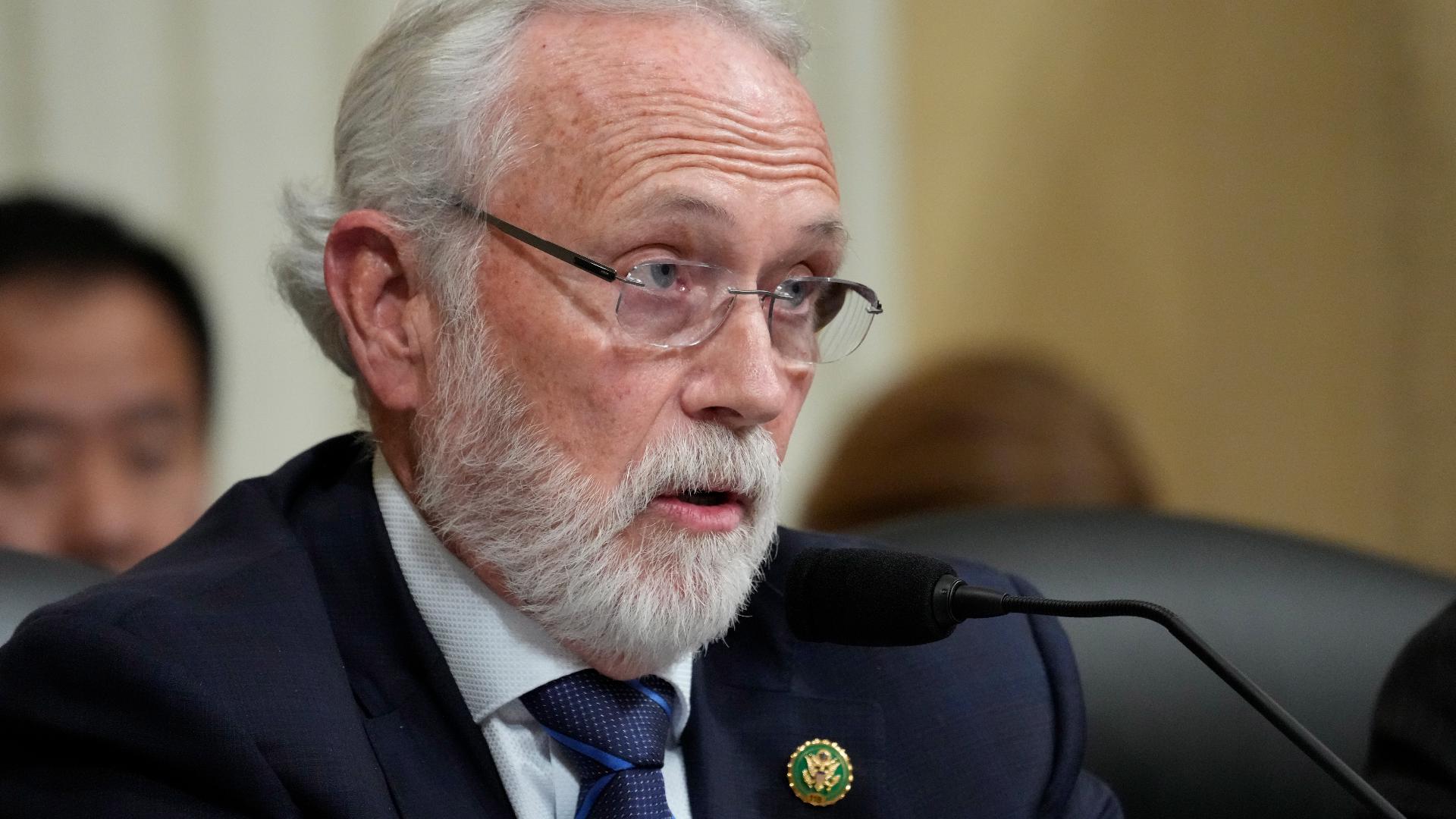I can only imagine what it must be like to be aboard one of the most modern vessels in the world, searching the ocean floor for ancient wreckages. Some days I wish I were a billionaire or worked for one, so I could make history like the crew of Paul Allen's research vessel Petrel. Sunday's discovery? USS Lexington. The name might not ring a bell unless you're a WWII or navy buff. But there's a reason "Lady Lex" was on Paul Allen's list.
"Lexington was on our priority list because she was one of the capital ships that was lost during WWII,” said Robert Kraft, Director of Subsea Operations for Paul Allen. “Based on geography, time of year and other factors, I work together with Paul Allen to determine what missions to pursue. We’ve been planning to locate the Lexington for about six months and it came together nicely.”
Lexington has a fascinating history that includes time in Puget Sound at the end of 1929. That year, Western Washington had suffered a drought, and there was a shortage of hydro-electric power in Tacoma. After some convincing, the secretary of the navy finally agreed to lend a hand. USS Lexington sailed into Tacoma, tied up to Baker Dock and its huge boilers supplied about a quarter of the city's power for a month, ending January 17, when it finally rained enough to fill reservoirs.
During the war, the Lexington found herself in the Coral Sea, off the northeast coast of Australia, in early May of 1942. There she encountered Japanese carriers. It was the first carrier vs. carrier battle in history. In the end, the Lexington sustained massive damage after several direct hits and a subsequent explosions. Two-hundred sixteen crew members died. The other 2,770 abandoned ship and were rescued by other U.S. warships on standby. Then came the order for the destroyer USS Phelps to drive five torpedoes into her hull and USS Lexington sank more than 9,000 feet to the bottom. There she sat until Sunday.
"This one is somewhat different than some of the other wrecks that we've looked for, in that there's so much evidence and so much testimony as to where she went down," said Kraft.

Paul Allen's team has been busy in recent years with huge discoveries. In 2017 they found USS Indianapolis 18,000 feet deep. Japanese torpedoes sank it during the Battle of Leyte Gulf in the Philippines July 30, 1945. The heavy carrier was returning from a top secret mission to deliver components for the first atomic bomb used in the war. Of the 1,196 crew members aboard, only 317 survived the sinking, salt exposure, and sharks.
Also found last year was destroyer USS Ward which fired the first American shots of the war the day of the Pearl Harbor attack while on patrol, sinking a Japanese submarine. Three years to the day after the attack, a Japanese kamikaze sank Ward in the Philippines.
In 2015, Allen's team found the most powerful battleship ever built. The 863-foot Musashi was one of two Yamato-class battleships. It went down after a night of battle in Surigao Strait, one of the many engagements over four days that comprised the Battle of Leyte Gulf, the final nail in the coffin for the Imperial Japanese Navy.
Right now the focus is on USS Lexington, found after 76 years resting quietly on the ocean floor. She's the latest in a long list of lost ships Paul Allen and his team are tracking down once at a time.
"I look forward to the next part of it which is exploring the wreck," said Paul Mayer, pilot and researcher for Mr. Allen. "And then very soon after that I look forward to going and looking for the next one."
I can't wait to find out what it is.


